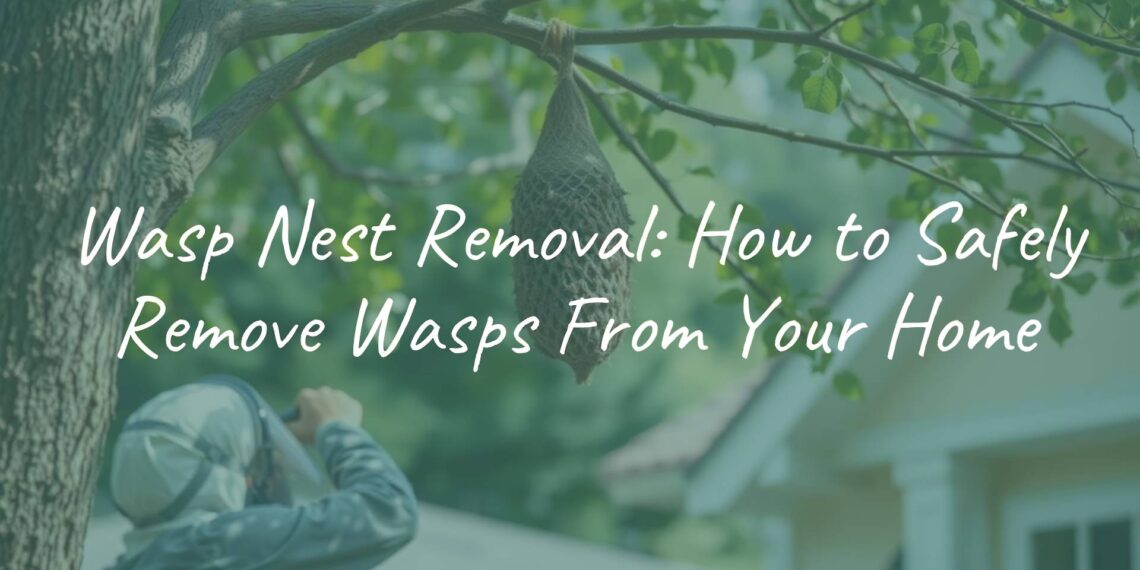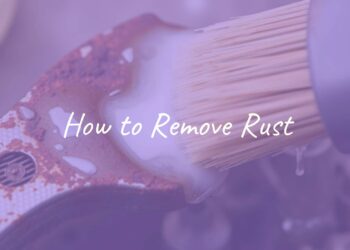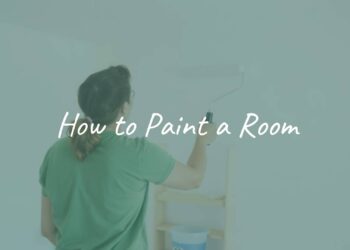Wasp nest removal means getting rid of a wasp colony and its nest from your property in a safe and thorough way. While it may sound simple, removing a wasp nest can be tricky and sometimes dangerous. Wasps can help control other garden pests, but when they build their nests too close to where people live and work, they quickly become a problem and even a threat. That’s why knowing when and how to deal with a wasp nest is key to keeping your home and yard safe.
Sometimes, you don’t need to remove a wasp nest right away, or at all. If a nest is far from places you spend time and isn’t bothering anyone, you can leave it alone – wasps leave their nests behind when cold weather comes, and they never use the same nest again. But if the nest is near your house, your children’s play area, or the wasps are acting aggressive, it’s time to do something. This guide covers how to spot a wasp nest, when removal is needed, different removal methods, and how to know if it’s time to call pest control.
What is Wasp Nest Removal?
Wasp nest removal is the act of getting rid of a wasp colony and removing their nest. There are different ways to do this, like using physical tools, chemical sprays, or even natural products. The main goal is to stop wasps from stinging people or pets, since stings hurt – and for people with allergies, they can be serious.
It’s very important to know if you’re dealing with wasps or bees. Bees are great pollinators and should be moved by a beekeeper if needed. Wasps, especially when near people, can get very defensive and are best treated as pests in those situations. So, being able to tell the difference is the first step in dealing with the nest correctly.
How to Identify a Wasp Nest
Before doing anything, make sure the nest belongs to wasps, not bees. Bee hives look like stacks of hexagonal cells (a honeycomb pattern). If you harm a bee colony by mistake, you can hurt local pollination. Look for these clues to know if you’re facing a wasp problem.
What Does a Wasp Nest Look Like?
Wasps make their nests out of chewed-up wood and saliva, which dries into a papery material. The look of the nest depends on the type of wasp:
- Paper wasp nests: Small (3-10 inches), umbrella-shaped with open combs. Usually seen hanging from eaves, branches, or under decks, with visible hexagonal cells.
- Bald-faced hornet nests: Large, closed gray nests shaped like eggs, suspended from trees or buildings.
- Yellow jacket nests: Often hidden underground or in walls, covered by a papery casing. Hard to see until wasp activity increases.

| Wasp Type | Typical Nest Location | Nest Description |
|---|---|---|
| Paper wasp | Under eaves, branches, decks | Open, umbrella-shaped, visible cells |
| Bald-faced hornet | Trees, building overhangs | Large, closed, gray, egg-shaped |
| Yellow jacket | Underground, wall voids, attics | Hidden, covered by papery envelope |
Where Are Wasp Nests Commonly Found?
Wasps usually pick sheltered spots that aren’t disturbed much, and where it’s warm. You’ll often find nests:
- Under eaves and porch overhangs
- Inside sheds and garages
- In trees and bushes
- Inside house walls or attics
- Underground (yellow jackets), especially in old animal burrows or garden beds
Try watching where wasps fly – they often head straight to the nest. A hole at the bottom of a hanging nest usually means it’s the main entry/exit.
When Should a Wasp Nest Be Removed?
Getting rid of a wasp nest isn’t always immediately needed. If a wasp nest isn’t close to where people go and isn’t causing trouble, you can leave it alone. But you should act if the nest is in a risky spot or the wasps are becoming a constant bother.
Signs That Mean Removal is Needed
Remove a nest if:
- It’s close to your doors, walkways, patios, or any busy areas
- Wasps are flying around more than normal (not just one or two)
- The presence of wasps keeps you from using part of your yard
- Someone nearby is allergic to insect stings
Allergic people should always have nests removed by a professional, since even one sting can be dangerous.
Should You Remove Every Wasp Nest?
No, not all nests need removal. Wasps do help manage pests in gardens. If the nest is well away from people and you don’t notice any problems, you can wait for colder weather. The wasps will die off naturally after the first hard frost, and you can safely dispose of the nest afterward.
However, nests inside house walls, attics, or any other part of your home, or those built by aggressive species, are best left to professionals. Trying to remove them yourself can risk stings and make the problem worse.
Wasp Life Cycle: Timing Your Removal
In spring, a single queen starts building a nest and lays eggs. The colony grows all summer, sometimes reaching thousands of wasps. Late in the summer and fall, the colony raises new queens and males. Workers get more defensive as summer ends. Once cold weather comes, the old colony dies, and only new queens survive by finding a place to hide until spring. If you find a nest in fall, it is usually abandoned and safe to remove then.

Risks and Safety Precautions for Wasp Nest Removal
Getting rid of a wasp nest can be risky, especially if you are unprepared. Wasps will sting to protect their nest, and their stings can be quite painful. Multiple stings or stings to someone with allergies can be very dangerous.
Risks of Doing It Yourself
The main risk is getting stung, which can cause pain, swelling, and for allergic people, life-threatening reactions. Multiple stings can be serious for anyone, not just those with allergies. There’s also a risk of wasps moving to a new, harder-to-reach spot if you only partly remove the nest. Sealing up a nest opening can cause wasps to find another way out, sometimes into your home. Trying to treat high or hidden nests can also cause falls and injuries.
Protective Gear to Use
If you’re removing a nest on your own, wear long pants, a long-sleeved shirt, gloves, safety glasses, and, if possible, a bee suit. Cover as much skin as you can and wear sturdy boots.

- Remove the nest at dusk or dawn when wasps are less active.
- If you need extra light, cover your flashlight with red tape (wasps can’t see red well).
- Avoid perfumes and bright, flowery clothes as these can attract wasps.
- If a wasp lands on you, gently brush it off-don’t swat or squash it.
Wasp Sting Symptoms and What to Do
- Pain, redness, swelling, and itchiness are common after a sting.
- Clean the area with soap and water.
- Apply an ice pack or cold compress to reduce pain and swelling.
- Pain medicine and anti-itch creams or oral antihistamines can help.
- Seek emergency help if you experience trouble breathing, swelled lips/tongue, hives, confusion, or if you’ve been stung in the mouth/throat.
- If you’re allergic, always carry your prescribed epinephrine (EpiPen).

Ways to Remove Wasp Nests
There are several ways to remove a wasp nest, which method you choose depends on the type, location, and size of the nest.
Physical Methods
For small, open paper wasp nests (seen early in spring), you can use a broom or long stick to knock the nest down while wearing full protective clothing. If the nest drops, stomp on it or spray it with wasp killer to make sure no wasps are left alive.
Chemical Sprays and Pesticides
- Commercial wasp sprays can shoot a stream up to 15-20 feet – apply directly to the nest for best results.
- Read and follow the instructions on the can.
- If wasps are still active after 24 hours, try a second round.
- For underground nests, insecticidal dust works best: sprinkle it in the nest opening early in the morning, letting the wasps walk over the dust as they enter or leave. Do not block the hole afterward.
Natural and Non-Toxic Methods
- Mix boiling water and a quarter cup of dish soap. Spray or pour onto the nest.
- Mix water and peppermint oil (4 cups water to 1 tablespoon oil) and spray on the nest to chase wasps away.
- Pour undiluted white vinegar into ground nests.
- Apply natural treatments in the evening, and wear protective clothes.
How to Remove Small Paper Wasp Nests
- Look for nests early in spring on sunny sides of your house (south or southwest).
- Wear protective clothing.
- Use a broom or long object to knock the nest down, and finish the job with a wasp spray or by stomping it out.
Yellow Jacket and Hornet Nests Removal
Yellow jackets and hornets are more aggressive, and their nests can be big and hard to reach. Trying to remove these nests yourself is risky and can lead to many stings. It’s usually best to call pest control.
Dealing with Underground or Hidden Nests
- For ground nests, use insecticide dust in the entry hole.
- If the nest is large, in a high-traffic area, or hidden inside your home’s structure (walls, attic), it’s safest to call professionals who have the right tools.
- Never block the nest entrance – wasps may get inside your house.
Steps for Removing Nests Inside Buildings
- Sprays rarely reach the whole colony inside walls or attics, so they often don’t work well here.
- Never stuff or seal up the outside entrance – this can force wasps inside your home.
- If you find wasps living in your house’s walls or attic, it’s best to get a pest control service to handle the problem.
When to Call a Professional Pest Controller
While it’s possible to remove a small nest on your own, there are times when hiring experts is the smartest and safest choice.
When to Get Professional Help
- Someone in your home is allergic to stings.
- The nest belongs to bald-faced hornets or yellow jackets (very aggressive species).
- The nest is hard to reach, hidden, or you can’t safely access it.
- Your own removal attempts have failed or made things worse.
Professionals use products and equipment regular people can’t get, and they know how to remove nests with less risk to themselves and you.
What a Professional Pest Control Service Does
- Inspects your property to identify the wasp type, nest location, and size
- Puts on special protective gear and uses tools and insecticides to kill and remove the colony
- Applies treatments at the right time (early morning or evening) to avoid angering the wasps
- Removes the old nest (if possible) and gives advice to stop wasps from coming back
- Some use Integrated Pest Management (IPM), which means they focus on effective control with less harm to helpful insects and the environment
How to Keep Wasps From Coming Back
After getting rid of a wasp nest, it’s important to stop wasps from setting up a new one. If your property has the right conditions, they’ll come back.
Ways to Make Your Home Less Attractive to Wasps
- Keep outdoor areas clean and pick up all food and drink trash after eating outside
- Seal garbage and recycling tightly
- Pick up any fallen fruit under trees before it rots and attracts wasps
- Seal up cracks or holes in walls, foundations, and around pipes or wires going into your house
- Plant wasp-repelling plants (mint, lavender, basil, marigold, lemongrass, eucalyptus) near patios and doors
- Hang fake wasp nests to trick new wasps into thinking the area is already taken
More Prevention Tips
- Check under eaves, decks, and sheds for new nests in early spring-removing them early is easier and safer
- Fill in old animal holes in your yard to stop yellow jackets from moving in
- Spray a mix of water, vinegar, and dish soap on decks and patios to keep wasps away
- Keep water sources like birdbaths or puddles to a minimum
- Regularly walk around your yard and house to look for signs of new nests, especially in spring

















![What to with Scrap Metal? [infographic]?](https://facts-homes.com/wp-content/uploads/2019/07/645413-POPYOV-391-120x86.jpg)





